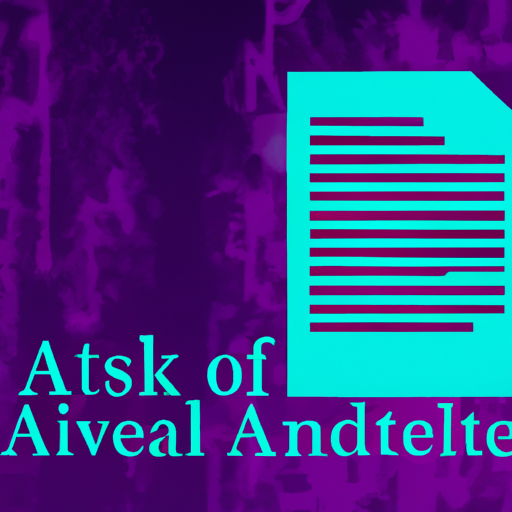Text Analysis and AI: Unlocking the Power of Natural Language Processing
Introduction
In today's digital age, businesses are inundated with vast amounts of textual data. From customer reviews and social media posts to emails and survey responses, text-based information has become a valuable source of insights and intelligence. But making sense of this information manually can be a daunting task. This is where Text Analysis, powered by Artificial Intelligence (AI), comes into play.

Understanding Text Analysis
Text Analysis, also known as Natural Language Processing (NLP), is a branch of AI that focuses on the interaction between computers and human language. It enables machines to understand, interpret, and derive meaning from textual data. By applying computational techniques and linguistic rules, Text Analysis allows businesses to automate the process of analyzing text to gain valuable insights.
- Text Analysis uses computational techniques and linguistic rules.
- It enables machines to understand human language and derive meaning from textual data.
Applications of Text Analysis in Business
Sentiment Analysis:
- Used to determine the sentiment expressed in text.
- Helps businesses understand customer satisfaction levels.
- Identifies areas of improvement and enhances brand reputation.
Categorization and Tagging:
- Helps businesses categorize and tag textual data automatically.
- Makes it easier to organize and search through large amounts of information.
- Allows for efficient prioritization and resource allocation.
Topic Extraction:
- Identifies key topics and themes discussed in a large volume of text.
- Useful in social media monitoring and market research.
- Improves marketing strategies and identifies emerging trends.
Text Summarization:
- Generates concise summaries of lengthy documents or articles.
- Helps businesses process large volumes of information quickly.
- Enables staying informed without reading each article in detail.
Leveraging AI for Text Analysis
The power of Text Analysis lies in its ability to handle the complexity and ambiguity of human language. AI technologies, such as machine learning and deep learning, enhance Text Analysis capabilities by enabling systems to automatically learn patterns and extract meaning from textual data.
- AI technologies enhance Text Analysis capabilities.
- Machine learning and deep learning enable systems to learn patterns and extract meaning.
- Systems can be trained on large datasets to improve accuracy and adapt to specific business needs.
Through the use of AI, Text Analysis systems can be trained on large datasets to improve accuracy and adapt to specific business needs. This allows businesses to customize and fine-tune their Text Analysis models to achieve more precise results. Moreover, AI-powered Text Analysis solutions can be integrated with existing business systems and processes to automate decision-making and derive real-time insights.
Conclusion
Text Analysis, powered by AI, is revolutionizing the way businesses process and understand textual data. By automating the analysis of text, businesses can unlock hidden patterns, sentiments, and topics that contribute to making data-driven decisions. Whether it's sentiment analysis, categorization, topic extraction, or text summarization, Text Analysis offers a wide range of applications that can lead to improved customer experiences, enhanced operational efficiency, and increased competitiveness in today's fast-paced business environment.